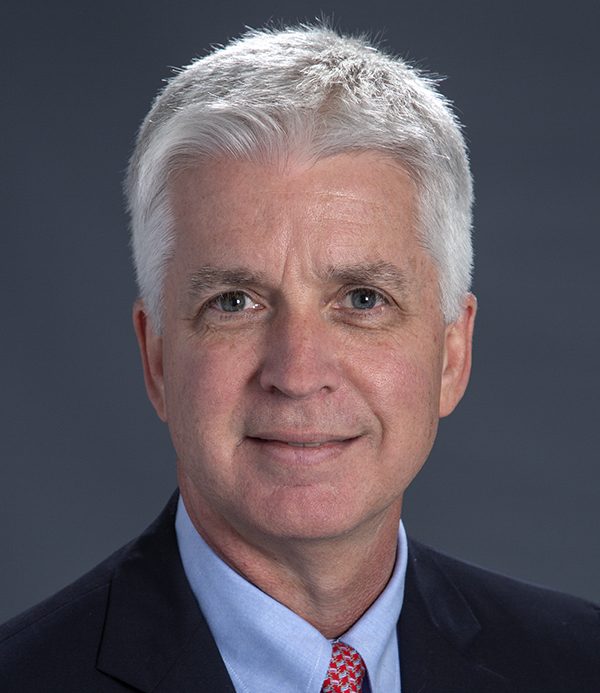Volunteer Task Force Addresses Image Quality Challenges
By Stephen F. Simoneaux, MD, ABR Trustee
2022;15(3):5
 When a candidate sits down to take an ABR exam, high image quality is certainly an expectation. Over the years, as the tests have transitioned from glossy printed booklets, to films on view boxes, to computers, maintaining excellence in imaging has been a challenge. Plus, as more and more item writers have joined the ranks of the volunteers and have supplied their own cases to the image pool, the need to standardize image quality has been highlighted. To assist with this task, in 2019 the ABR developed an Imaging Task Force comprising members from all the disciplines – diagnostic radiology, interventional radiology, medical physics, and radiation oncology.
When a candidate sits down to take an ABR exam, high image quality is certainly an expectation. Over the years, as the tests have transitioned from glossy printed booklets, to films on view boxes, to computers, maintaining excellence in imaging has been a challenge. Plus, as more and more item writers have joined the ranks of the volunteers and have supplied their own cases to the image pool, the need to standardize image quality has been highlighted. To assist with this task, in 2019 the ABR developed an Imaging Task Force comprising members from all the disciplines – diagnostic radiology, interventional radiology, medical physics, and radiation oncology.
The first item to be addressed was an understanding of the current processes. Task force members met with the imaging staff at the ABR offices in Tucson to go through the entire procedure of image evaluation and preparation. This included testing various methods volunteers might use to procure images; for example, using screen capture tools versus saving images from PACS, and saving as JPEG files versus PNGs. Questions the staff had were also addressed, partly with a field trip to the University of Arizona to see the PACS in action and observe how a volunteer might use their system to obtain images. Most of the staff had never been in a radiology reading room much less seen a PACS, so this excursion led to a clearer idea of what radiologists face as they do their daily work and consider images for use in ABR exams.
Improvements came out of these initial efforts. Challenges with image quality were better understood by the task force members and staff alike. Volunteers learned that simple changes, like not placing arrows or annotations on images prior to saving them, can help the process immensely. Staff learned that extraneous detail around images, like blankets or head holders, could be cropped to eliminate distracting screen clutter. For both groups, the issues around small image size were better understood. For volunteers, an imperative to try to obtain the highest resolution images to maximize image size is paramount. For staff, knowing that some images have an inherent low resolution and that radiologists know and expect this, was helpful.
Other efforts proceeded, including an evaluation of protected health information and how to better exclude it. An assessment was made of the potential to automatically obsolete old images that display dated technology. New software for item writing, organization, and storage—RADs—has allowed standardization of arrow and image text placement. And volunteer training was updated to include information learned through the task force and staff interactions.
The work of the group is not complete. Older cases being moved into RADs must be evaluated, and training needs of new volunteers must be met. With more videos and image stacks being added, even more clarity around processes is essential. Finally, as testing continues to evolve with most exams being given remotely, where the monitor quality is not known or standardized, the need for the original image to be of the highest quality is more important than ever.


